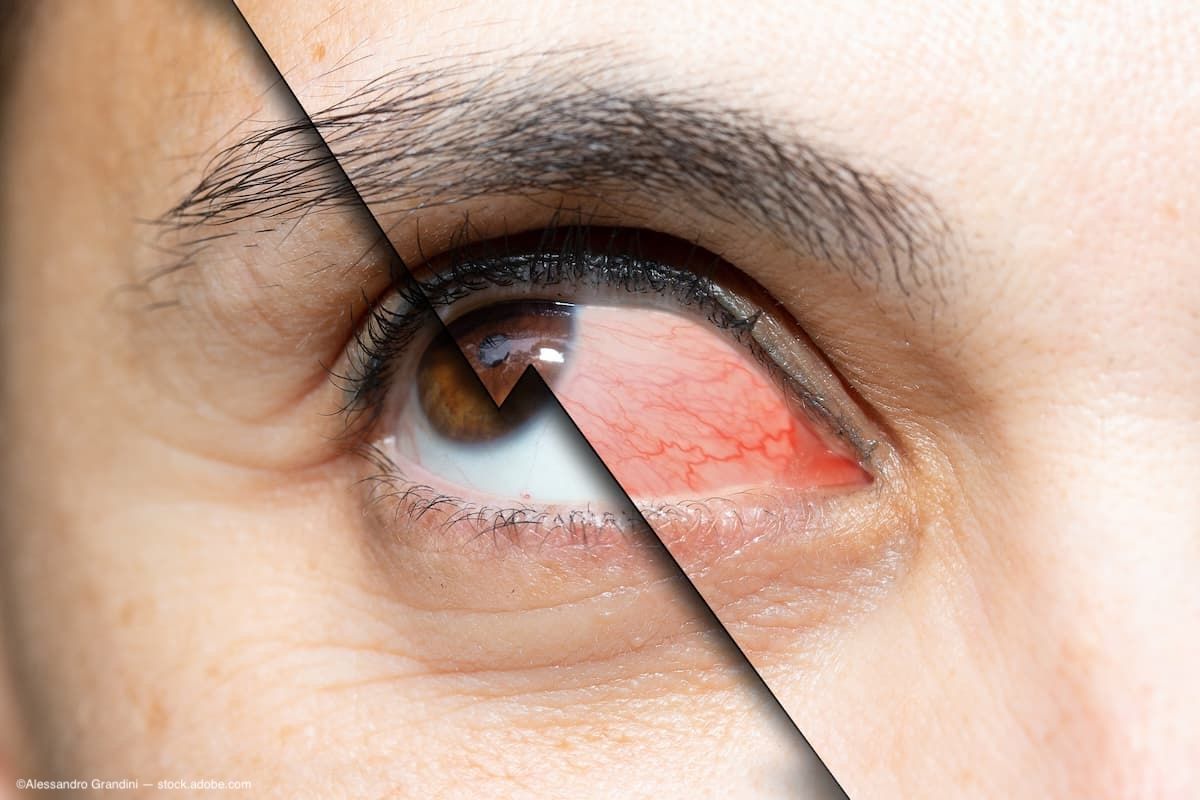Article
New insights into ectopia lentis
Systemic associations are common in cases of ectopia lentis and it may have general health implications.
Systemic associations are common in cases of ectopia lentis and it may have general health implications, Dr. Anthony Moore, of Moorefield’s Eye Hospital, told delegates on the second day of the Congress.
He said it was essential for ophthalmologists to take a full family history and systematic evaluation was critical. Anaesthetic pre-assessment and planning was crucial too because of the risk of thromboembolism.
We need to build relationships with our genetic and metabolic colleagues, said Dr. Moore. And remember, molecular genetic diagnoses is possible.
He began by warning delegates that in the case of dislocated lenses it is very important to make the correct systemic diagnoses. It is important for management and planning. Some of the complications of these systemic disorders are life threatening, he said.
He said that bilateral ectopia lentis is commonly associated with systemic abnormalities. For ophthalmologists, the most important are Marfan syndrome and Homocystinuria.
Homocystinuria is very rare, one in 200,000, but in certain populations like Ireland it is much more frequent, with a prevalence of one in 50,000 and is due to a mutation in the cystathionine Beta synthase deficiency.
It is characterised by ectopia lentis, mental retardation, marfanoid habitus, and osteoporosis. “And the really important thing to remember is thromboembolism, which is the major cause of death. If you get a child with the lens subluxated into the anterior chamber, it's probably going to be this diagnoses. Dr Tan advised that ophthalmologists should then refer them to a metabolic clinician.
He also warned doctors to take extra special care when planning eye surgery, particularly anaesthesia, because of the very high thromboembolism risk.
Turning to Marfan syndrome, Dr. Moore said the clinical features of Marfan syndrome increase with age, so diagnoses in childhood might be problematic. Ophthalmologists should develop a diagnoses based on family history, major and minor clinical criteria, such as ectopia lentis, specific skeletal features, dural ectasia (seen on MRI) and dilatation or dissection of the aorta at the level of the sinuses of Valsalva.
It is is clear that correct diagnoses in these cases are essential.
Newsletter
Don’t miss out—get Ophthalmology Times updates on the latest clinical advancements and expert interviews, straight to your inbox.




